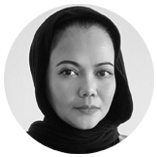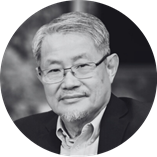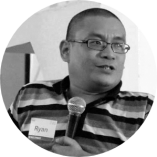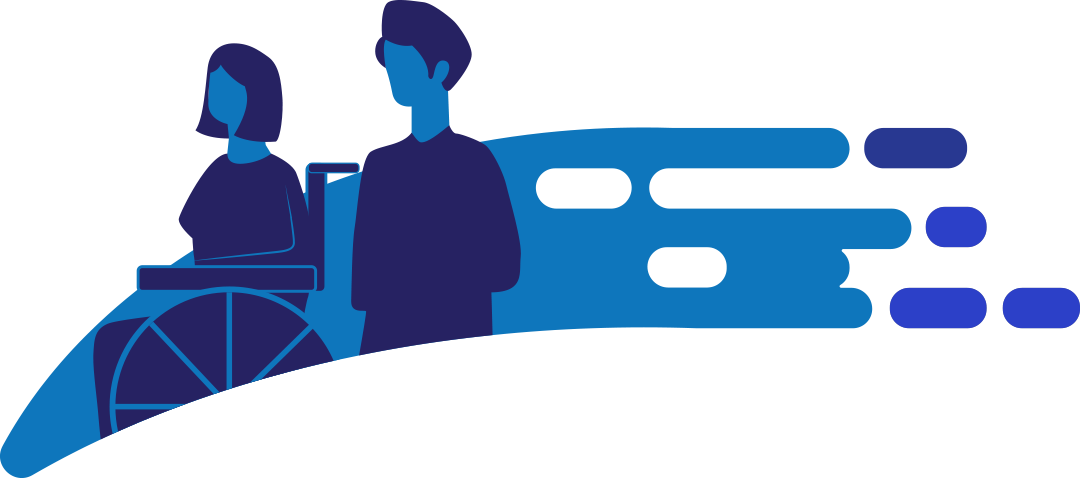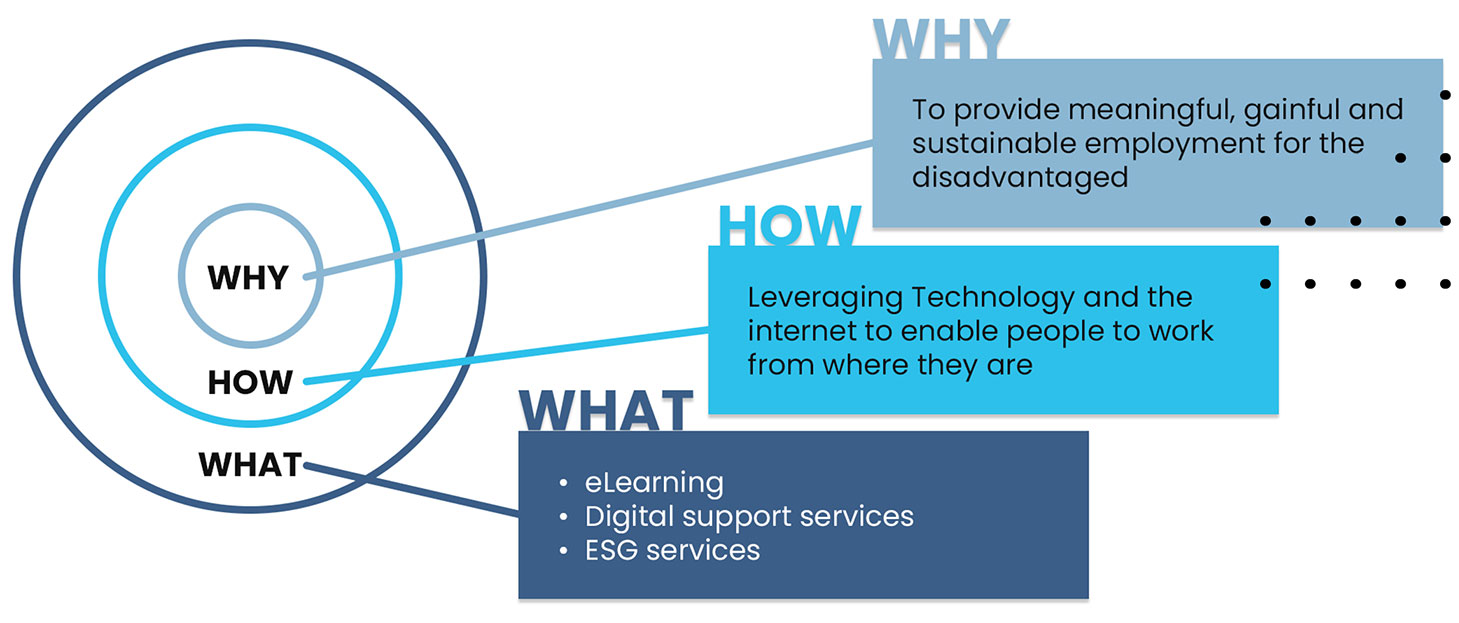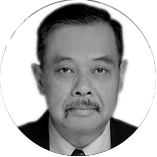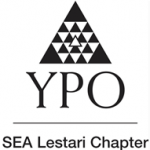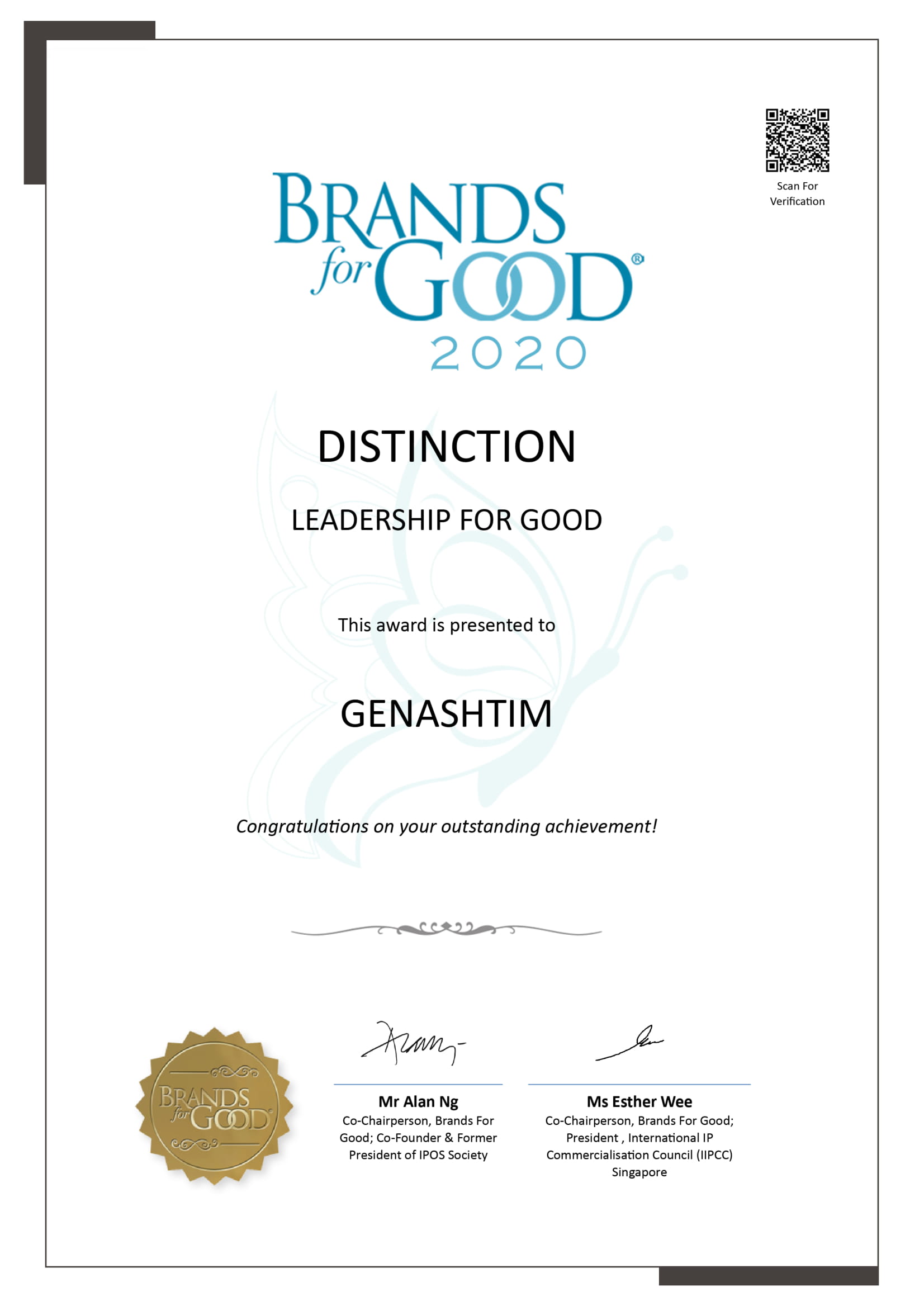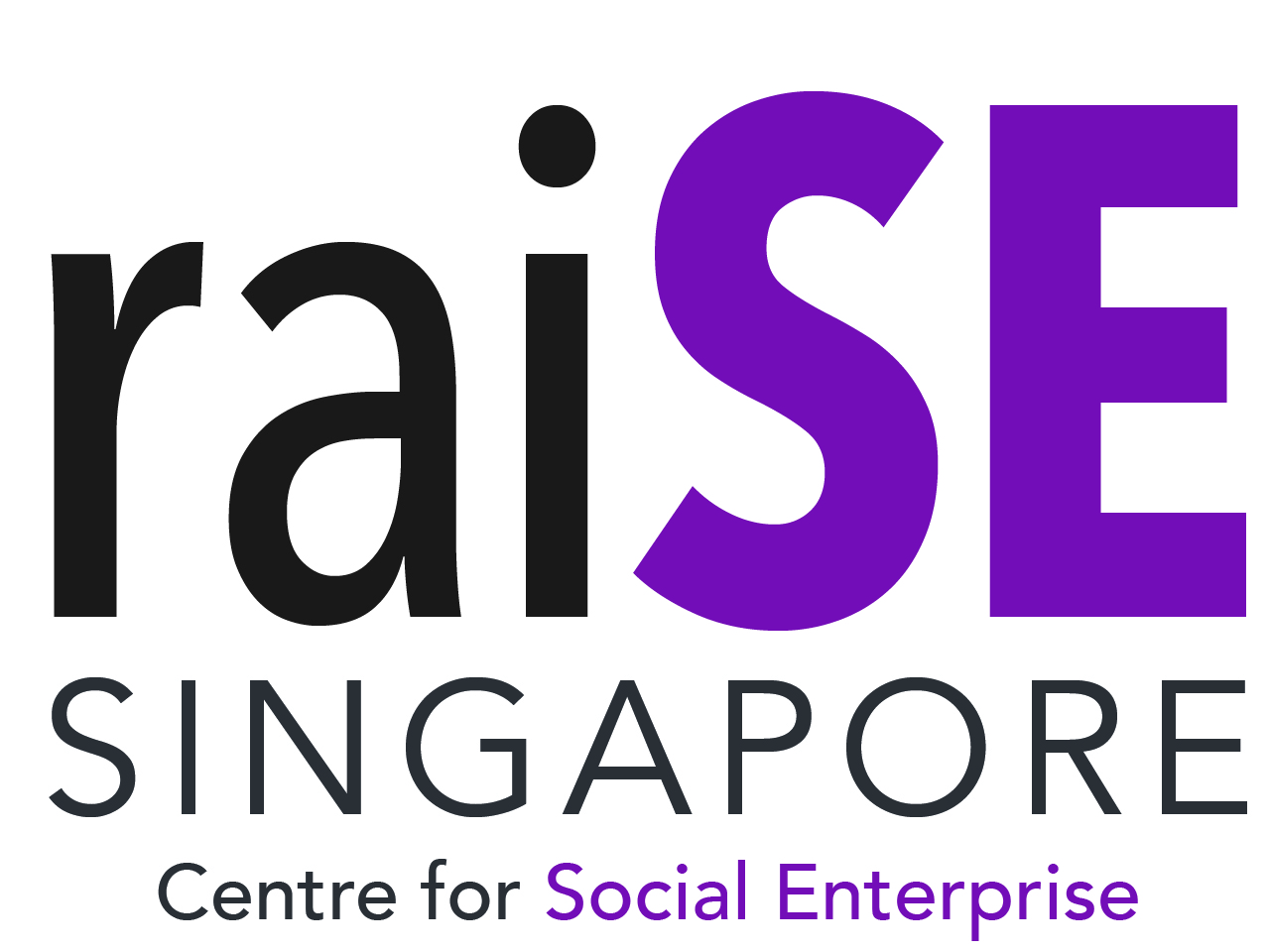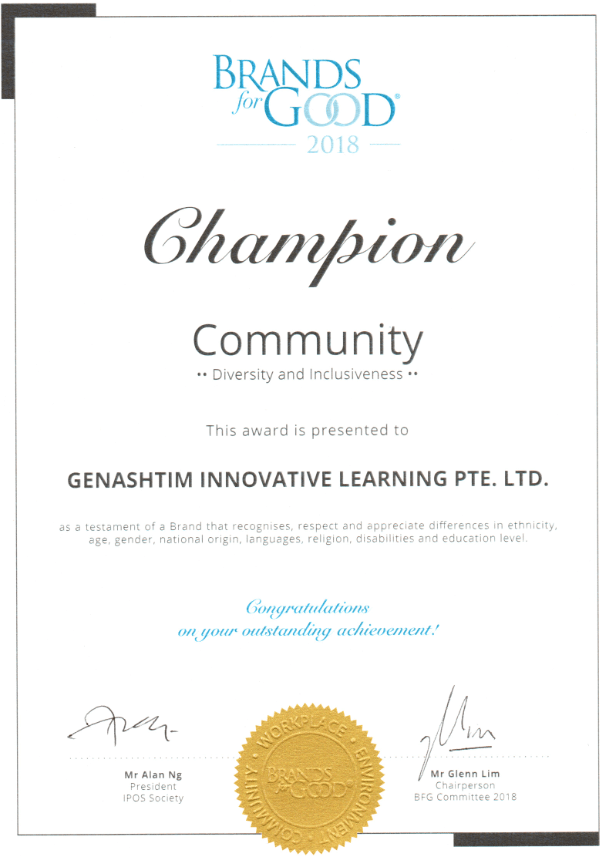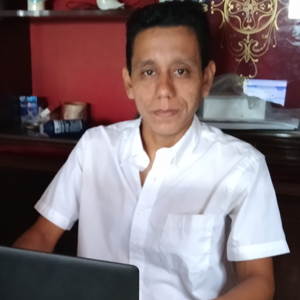REDEFINING LEADERSHIP: THE TRANSFORMATIVE POWER OF DIVERSITY AND INCLUSION

Have you heard of the classic wolf pack hierarchy? At the top is the Alpha, commanding with ultimate power and authority. Next comes Beta, maintaining order, followed by Deltas, and finally, Omega, a meek scapegoat at the bottom.
A neat ladder of dominance, right?
Wrong!
This tidy hierarchy is a myth. David Mech, the researcher who introduced the “Alpha Wolf” concept, later debunked it after observing wild wolf packs. In nature, wolf packs don’t operate like rank-obsessed canines. They function as families, with leadership shared between the breeding pair—essentially, mom and dad—and roles shifting fluidly based on the pack’s needs.
The legendary “Alpha” wolf isn’t a tyrannical leader—it’s simply a dad, making sure dinner is on the table.
This discovery upends the long-held beliefs about leadership. The best leaders, much like wolves, don’t rely on dominance; they inspire, adapt, and collaborate. Leadership isn’t about being at the top—it’s about moving forward together as a team.
LEADERSHIP REDEFINED: COLLABORATION OVER CONTROL
For decades, the myth of the “alpha male” shaped our understanding of leadership. This outdated theory, built on notions of dominance and control, influenced workplaces, boardrooms, and popular culture. However, just like wolves, effective human teams thrive through shared responsibility and adaptability.
Leadership roles in wolf packs are dynamic. Members contribute based on their strengths and the group’s needs, rather than rigid hierarchies. Similarly, successful human leadership embraces collaboration, diversity, and adaptability. Teams with varied perspectives consistently outperform those confined by outdated hierarchies and societal norms.
Modern challenges demand leaders who value inclusion and flexibility over control. It’s time to move beyond the “alpha” paradigm and redefine leadership as a collective endeavor.
DIVERSITY IN LEADERSHIP: MOVING BEYOND THE ALPHA PARADIGM
For too long, leadership roles have reflected a narrow demographic, shaped by outdated notions of dominance and control. Breaking free from these mindsets isn’t just an ethical imperative—it’s essential for success in today’s complex, interconnected world. Diverse leadership drives innovation, fosters richer perspectives, and empowers organizations to navigate global challenges.
Research highlights this reality: Teams led by individuals from varied backgrounds consistently outperform homogeneous ones. Results show that inclusive organizations are:
· 73% more likely to reap innovation revenue,
· 70% more likely to capture new markets,
· Up to 50% more likely to make better decisions, and
· Up to 36% more likely to achieve above-average profitability.
However, despite these undeniable benefits, significant barriers to diversity in leadership persist, such as:
· Systemic Inequities: Historical inequalities in education, hiring, and promotion processes continue to limit opportunities for underrepresented groups.
· Unconscious Bias: Decision-makers often favor candidates who mirror their backgrounds or experiences, narrowing leadership pipelines.
· Rigid Structures: Traditional leadership models often fail to accommodate the fresh approaches that diverse leaders bring.
· Intersectional Challenges: Individuals who belong to multiple marginalized groups face compounded discrimination, making their paths to leadership even steeper.
The result is a leadership landscape that struggles to reflect the diversity of the world it serves. However, change is not only possible but necessary.
To close the diversity gap, organizations must act with intention and:
· Set Measurable Goals: Establish clear diversity and equity targets for hiring, retention, and promotion.
· Provide Mentorship and Sponsorship: Create programs to support and develop underrepresented talent at every level.
· Combat Bias: Provide training to raise awareness of unconscious preferences and integrate fairness into decision-making processes.
· Build Leadership Pipelines: Actively invest in identifying and nurturing diverse talent in entry- and mid-level roles.
· Foster Inclusive Cultures: Develop environments where unique perspectives are not only welcomed but celebrated as critical to success.
By dismantling systemic barriers and embracing diverse voices, organizations can create leadership teams that inspire, innovate, and reflect the communities they serve.
FROM EXCLUSION TO INNOVATION: THE LEADERSHIP REVOLUTION LED BY GENASHTIM
Persons with disabilities (PWDs) remain one of the most underrepresented groups in leadership. Pervasive stereotypes, inaccessible environments, and systemic inequities have long excluded them from opportunities. Leadership, often mischaracterized as dominance and physical prowess, overlooks the unique strengths PWDs bring to the table: adaptability, resilience, empathy, and innovative thinking—qualities honed through lived experiences of overcoming challenges.
The misconception that disability limits leadership potential is both outdated and harmful and the leadership team at Genashtim—a for-profit social enterprise—proves just how flawed these assumptions are.
Ryan Allegado has lived with the effects of poliomyelitis since the age of two while Kim Soon Yap is a quadriplegic following a life-altering accident. Villy Villano lost his sight at 18, while Ee Bang Tan and Macleen Nabong were born with visual and orthopedic impairments, respectively. Society often associates these stories with resilience, but rarely with leadership. At Genashtim, however, these individuals lead with vision, courage, and innovation with Ryan as the Chief Technical Officer (CTO), and the others as departmental managers – Kim Soon in the Sales & Business Development team, Villy in Client Support, Macleen in Learning Digitalization, and Ee Beng in ESG Services.
Their success challenges deep-seated biases about what leaders should look like or how they should operate. Leadership isn’t about conforming to outdated norms—it’s about embracing collaboration, adaptability, and the ability to inspire. These qualities, honed through their lived experiences, make the leaders at Genashtim uniquely equipped to drive the company’s success.
Genashtim has grown far beyond its original mission to create employment opportunities for disadvantaged groups. For over 15 years, Genashtim has demonstrated that inclusion isn’t charity; it’s a strategic advantage. The leadership and achievements of its pioneering team reinforce the need to dismantle systemic barriers and unconscious biases, creating opportunities for PWDs and other marginalized groups to lead and thrive.
Disability doesn’t mean inability—this is the lesson Genashtim’s leaders teach the world. Their journey compels us to unlearn ingrained prejudices and recognize that the true essence of leadership lies in vision, perseverance, and the courage to break boundaries.
THE WAY FORWARD
Leadership is evolving, and so must our understanding of what it means to lead. The myth of the alpha male—and its human equivalents rooted in exclusion and dominance—belongs in the past. True leadership, like that of a thriving wolf pack, is collaborative, adaptable, and focused on uplifting others.
For a more inclusive future, we must redefine leadership by committing to dismantling systemic barriers and challenging outdated norms. This means amplifying the voices of marginalized communities, breaking down rigid hierarchies, and creating environments where diversity is celebrated—not as a token gesture but as a cornerstone of success.
Imagine a world where leadership reflects the strength of the collective, where individuals of all backgrounds—including persons with disabilities, women, people of color, and other underrepresented groups—have equal opportunities to lead and thrive. This vision isn’t just aspirational; it’s achievable. But it requires all of us to play a role: organizations, leaders, and individuals alike.
Together, we can create a future where leadership is not about power or hierarchy but about shared purpose and success.




